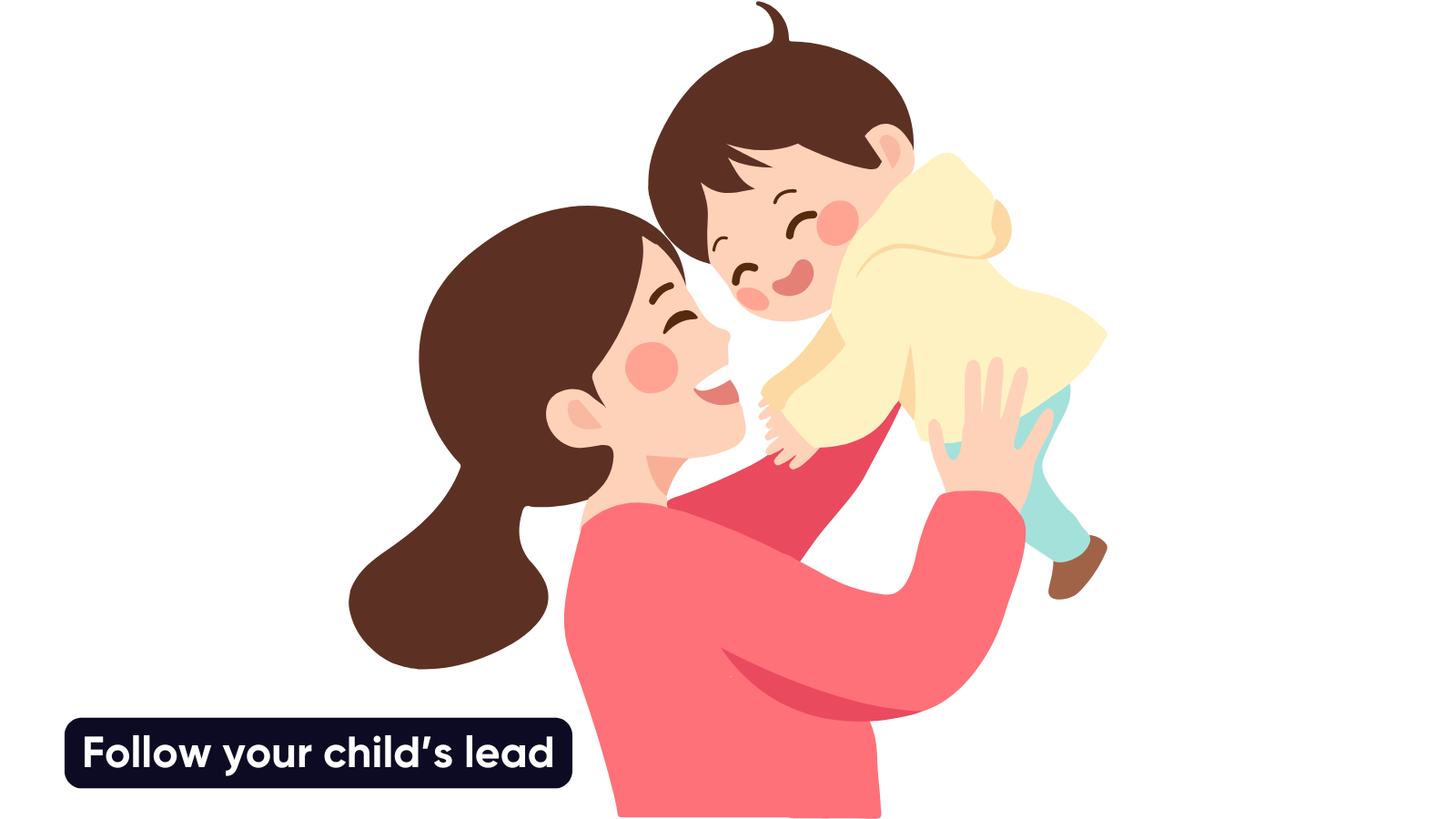Create opportunities for your child to communicate
When we say communicate, we mean anything your child says or does to tell or show you something. This factsheet has some tips for helping your child to communicate in any way they can.
How does my child communicate?
Children communicate in lots of different ways. They might:
- use actions, like pointing or showing you things;
- use their eyes and/or facial expressions;
- make sounds or noises;
- use pictures or signing;
- talk in words or sentences.
All of these ways of communicating are important. We should never force or tell children to say particular words or sentences – this can make some children anxious and can have the opposite effect. It’s important to respond to any way your child communicates – whether this is through actions, sounds, facial expressions, pictures, signing or words.
My child can say words sometimes, but they still find it hard to tell me what they want. Why doesn’t my child use their words to communicate?
Some children can say words but don’t use them regularly to talk to people around them. They might enjoy saying the alphabet, counting or repeating phrases they’ve heard on the TV. But they might find it harder to use their words to ask for something or to answer questions.
We can help children to make the most of their communication skills by making sure they have lots of opportunities to use their words, sounds and actions. As parents and carers, you often know what your child wants before they even try to tell you. This is good, but if we help them too quickly or too much they don’t get a chance to practise asking for things themselves.
How can I help my child?
The most important thing to remember is that you are just creating an opportunity for your child to do or say something. We would never put extra pressure on children by withholding things until they communicate. If your child doesn’t do or say anything when you create an opportunity, that’s okay. Carry on with the activity and try again later.
Here are some ways that you can create an opportunity for your child to communicate:
Join in with their play. Sit at the same level as them and be face to face. Show you are interested in talking and playing with them.

Comment on what your child is doing then wait and see if they respond. They might look at you, smile, reach out for something or make a sound. You can copy this and add a word or two – so if they’re reaching towards a ball, you could say something like, ‘ball… it’s a ball’.

Choice questions are easier for children to answer because they can choose between two options you give them. Use actions or show them the options at the same time as saying the words. For example, ‘Would you like milk or juice?’; ‘Shall we play cars or bricks?’; ‘Do you want tickles on tummy or arms?’. Respond to any way your child makes a choice – they might say the word, or they might reach, look or do an action to show you what they want.

This gives your child a chance to show you they want more. You could try blowing some bubbles then waiting. Or give them a brick to build a tower, then wait for them to show you they want another one. You could model the word ‘more’ and see if they copy you or use an action or sound. Don’t hold back items you would normally give them though, like food. Remember, if your child doesn’t do or say anything, that’s okay – carry on with the game or activity anyway.

Some children need extra time to think about what you’ve said and work out what they will do or say. Try waiting for up to 10 seconds before you say something else.

Pause before the end of the line in a familiar nursery rhyme or story to see if they can finish it off e.g. ‘Twinkle, twinkle little…’. Your child might say the word or they might do the action or just look at you excitedly!

These games are great for building anticipation and excitement, and they also help your child’s attention skills. Try saying ‘ready, steady…’ and see whether your child does something to show you they want you to ‘go’. They might say ‘go’, or they might make a sound, do an action or look at you. For example, pull the swing back and say ‘ready, steady…?’ waiting for them to say ‘go’ (or show you they want you to do it) before letting go.

So something surprising like hiding an object in an unusual place for your child to find. For example, hide a toy dinosaur in the cereal box. Wait to see how they show their surprise to you. Then you can model the word (e.g. ‘dinosaur’) with a suitably surprised expression! You can use surprise in other ways too, like pretending to make a mistake by putting their socks on their hands, or giving them cereal to eat with no spoon. See how they let you know something is wrong (with words, actions or facial expressions), then you can say something back to them (e.g. ‘silly mummy, no spoon!’).

